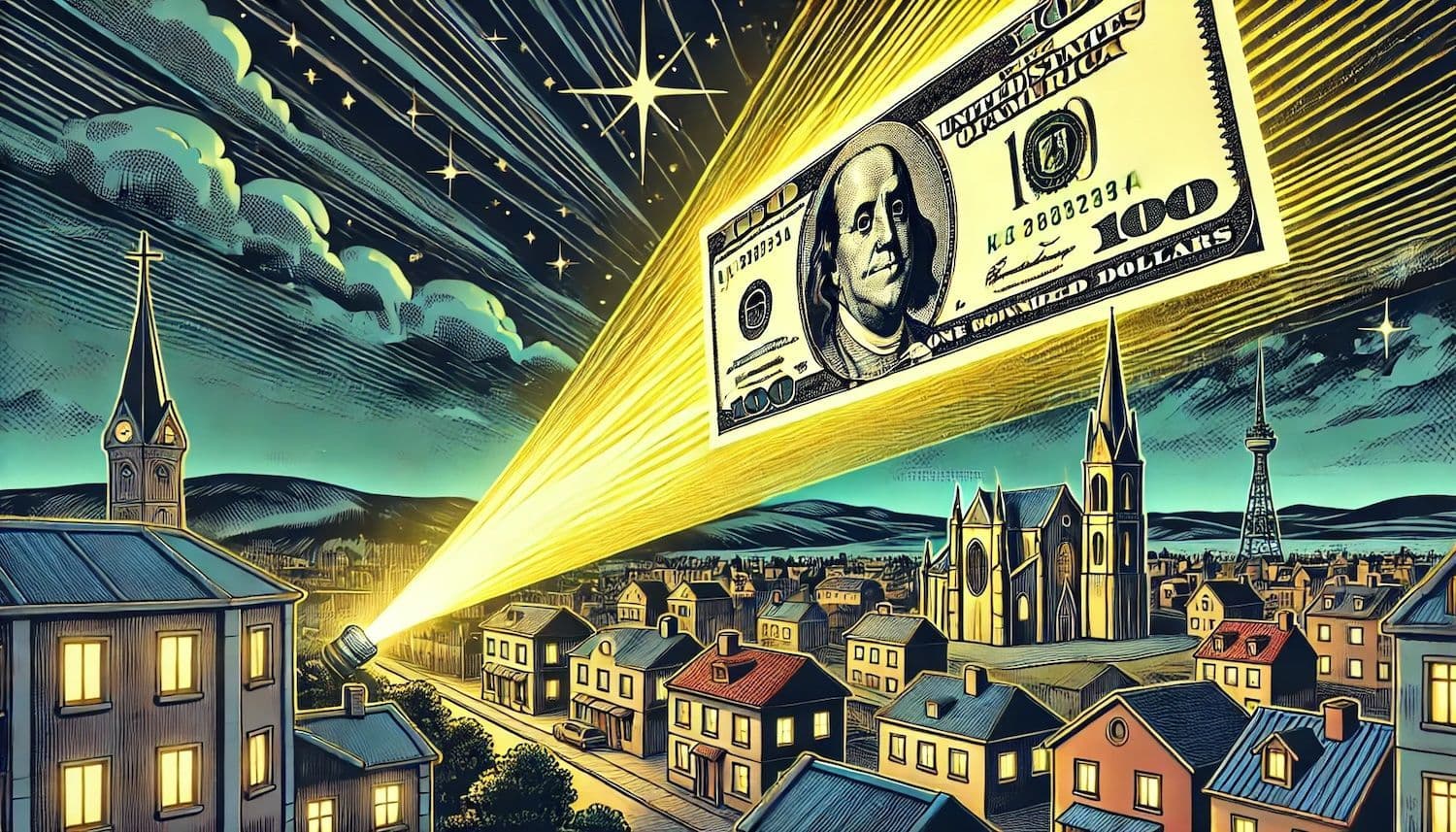Circle has obtained registration as an electronic money institution in France. This grants the firm a crucial license to issue stablecoins under the European Union's new stringent crypto regulations. And thus Circle's USDC might finally get an edge over Tether's USDT.
The approval comes from France's banking regulator, ACPR.
Circle is now the first global stablecoin issuer to comply with the EU's Markets in Crypto-Assets (MiCA) framework, which many crypto fans have already dubbed 'demonic', 'unhealthy' and even 'orwellian'.
The license enables Circle to issue its USDC and EURC tokens in the EU. These will now comply with MiCA's stablecoin rules. Circle is also launching its Circle Mint service in France.
Jeremy Allaire, Circle's CEO, called the approval "a huge milestone". He emphasized the company's commitment to regulatory compliance since its founding and now this long-term investment has paid off.
Stablecoins are cryptocurrencies pegged to traditional assets. They offer stability in the volatile crypto market. Traders use them to move quickly between cryptocurrencies.
The EU passed MiCA last year. It's the world's first comprehensive crypto law. Also deemed as one of the harshest ones. MiCA outlines investor protection rules and safeguards against market manipulation.
Stablecoin provisions under MiCA were approved last week. These rules are particularly strict. They limit trading volumes for certain stablecoins, especially those denominated in US dollars.
Circle's French registration allows it to offer services throughout the EU. This includes minting and redeeming USDC via Circle Mint. MiCA permits crypto businesses to "passport" their services across the bloc.
The remaining MiCA obligations will apply from December 30, 2024, but crypto companies will have until July 2026 to achieve full compliance. Two years isn't a very long period for the world of finance, to say the least.
USDC is the second-largest stablecoin globally. It has $32.4 billion in circulation. Tether's USDT remains the largest, with $112.7 billion in circulation. Yet, Tether hasn't done crucial steps to comply with MiCA demands, and we will have to wait and see how it ends for the leading stablecoin. As well as for its competitors.

